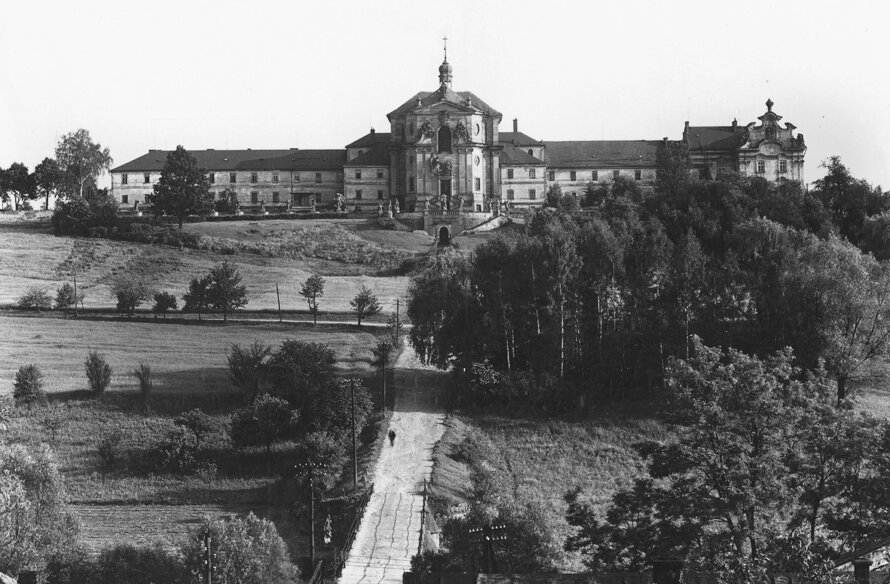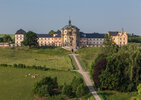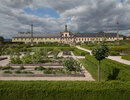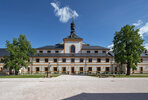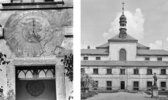Kuks Pomegranate, Baroque Complex and Gardens
The Kuks – Pomegranate project was initiated and coordinated by the National Heritage Institute in the Czech Republic and with support from the European Regional Development Fund. The site, built in the early 18th century, is comprised of the residence of Franz Anton von Sporck, ...
Read more
Project details
| Title: | Kuks Pomegranate, Baroque Complex and Gardens |
|---|---|
| Entr. year: | 2017 |
| Result: | Grand Prix |
| Country: | Czech Republic |
| Town: | Kuks, Hradec Králové region |
| Category type: | building conservation |
| Building type/ Project type: | Religious building/memorial |
| Former use: | Hospital for elderly men, military field hospital, district penitentiary, hospital for cronically ill |
| Actual use: | Multifunctional educational centre, cultural and touristic attraction, the theatre hall is used by the local elementary school as well as for different artistic performances by acting and music companies; historic garden |
| Built: | 17th-18th century |
| Architect / Proj.leader: | National Heritage Institute |
| The Jury's citation: | “ The restoration work of the Kuks hospital, an integrated project of building and landscape conservation, is of the highest quality. Its multi-, interdisciplinary approach is commendable and should serve as a strong example for conservation projects across Europe”. “The building and its history are important in a European context as the site tells a story which is conveyed through its educational program. Its continued use in a pharmaceutical function is significant. Hospitals frequently present a complicated set of issues in conservation as they are continually in need of restoration and technological advances. The Kuks – Pomegranate project presents a solution which is well adapted to the new demands of the building while preserving what is present of its history”. |
| GPS: | 50.3977111N, 15.8893633E |
| Web, Links: | www.hospital-kuks.cz/en |
Description:
The Kuks – Pomegranate project was initiated and coordinated by the National Heritage Institute in the Czech Republic and with support from the European Regional Development Fund. The site, built in the early 18th century, is comprised of the residence of Franz Anton von Sporck, built close to the medicinal springs of the nearby river Elbe as well as a spa, a hospital, a church, a cemetery, a pharmacy and sprawling gardens with herb garden, follies and fountains found within. Much of the complex was in an unfortunate condition with the vast majority of the buildings completely unsuitable for use. The complex represents an outstanding example of Baroque architecture and interior decoration and embodies Baroque ideals in its symbolic physical arrangement. The Baroque fascination with opposites, life, and death is evident in the way in which those buildings dedicated to youth and life, that is the chateau, the theatre and spa are located on one side of the valley while those devoted to spirituality, aging and death such as the hospital, church, and cemetery are located on the opposite bank. The hospital and pharmacy have had a remarkable history, having functioned as such from 1743 until the occupation of Czechoslovakian territory in 1938. After 1938, a district penitentiary was established there for German juvenile boys. In the second half of the 20th century, the building was a hospital for the chronically ill as well as a branch of the regional archives. The Kuks – Pomegranate project, its name taken from the pharmacy, was undertaken for the purpose of building an educational centre focused on this fascinating history of the complex, for hospital activities, the presentation of a historical and contemporary pharmacy and the cultural and artistic aspects of the building. The core of the project was the exemplary restoration of the Kuks Hospital, a National Cultural Property, and the adjacent premises for the purpose of building an educational centre focused on hospital activities, the presentation of a historical and contemporary pharmacy, the history of the complex, and the cultural and artistic aspects of the historic building. At the same time, the spatial, technical, and personnel conditions were satisfied for the realization of a number of activities, especially educational, which tie into the practical functions of a hospital while developing humanity's artistic and spiritual aspects. The project involved the comprehensive restoration of the right bank area of the Baroque complex, specifically the hospital and its adjacent farm buildings as well as the original hospital gardens. The title of the project was inspired by the emblem of the Brothers Hospitallers Order – the pomegranate, symbolizing the fullness of faith, rebirth and resurrection.
Similar projects
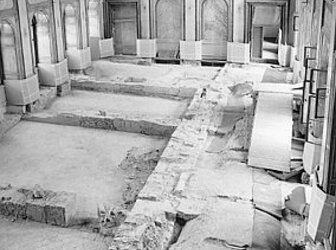
17th century
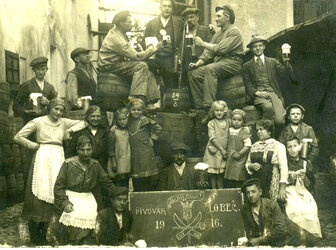
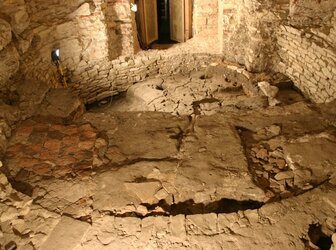
Late 11th-century
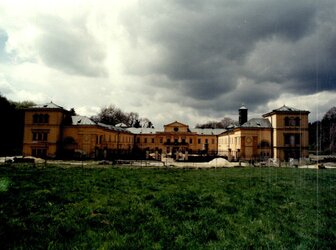
16th-19th century
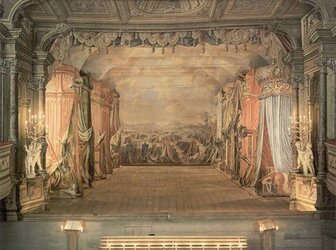
18th century
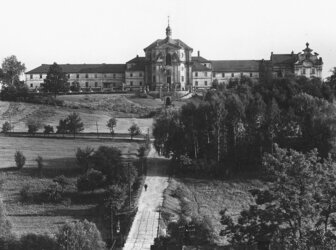
17th-18th century
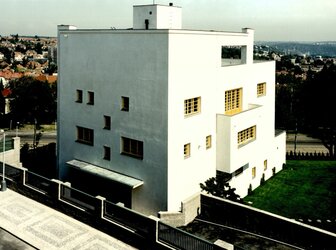
1929-1930
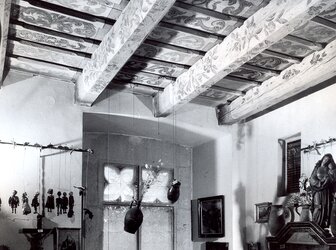
14th century
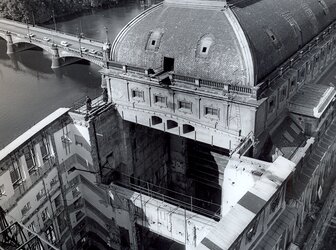
19th century
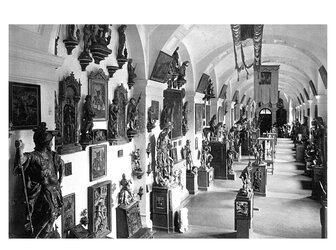
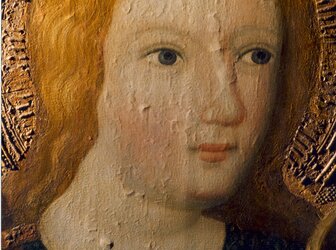
14th century
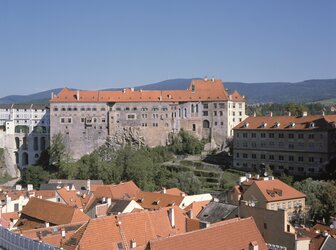
13th -18th century
